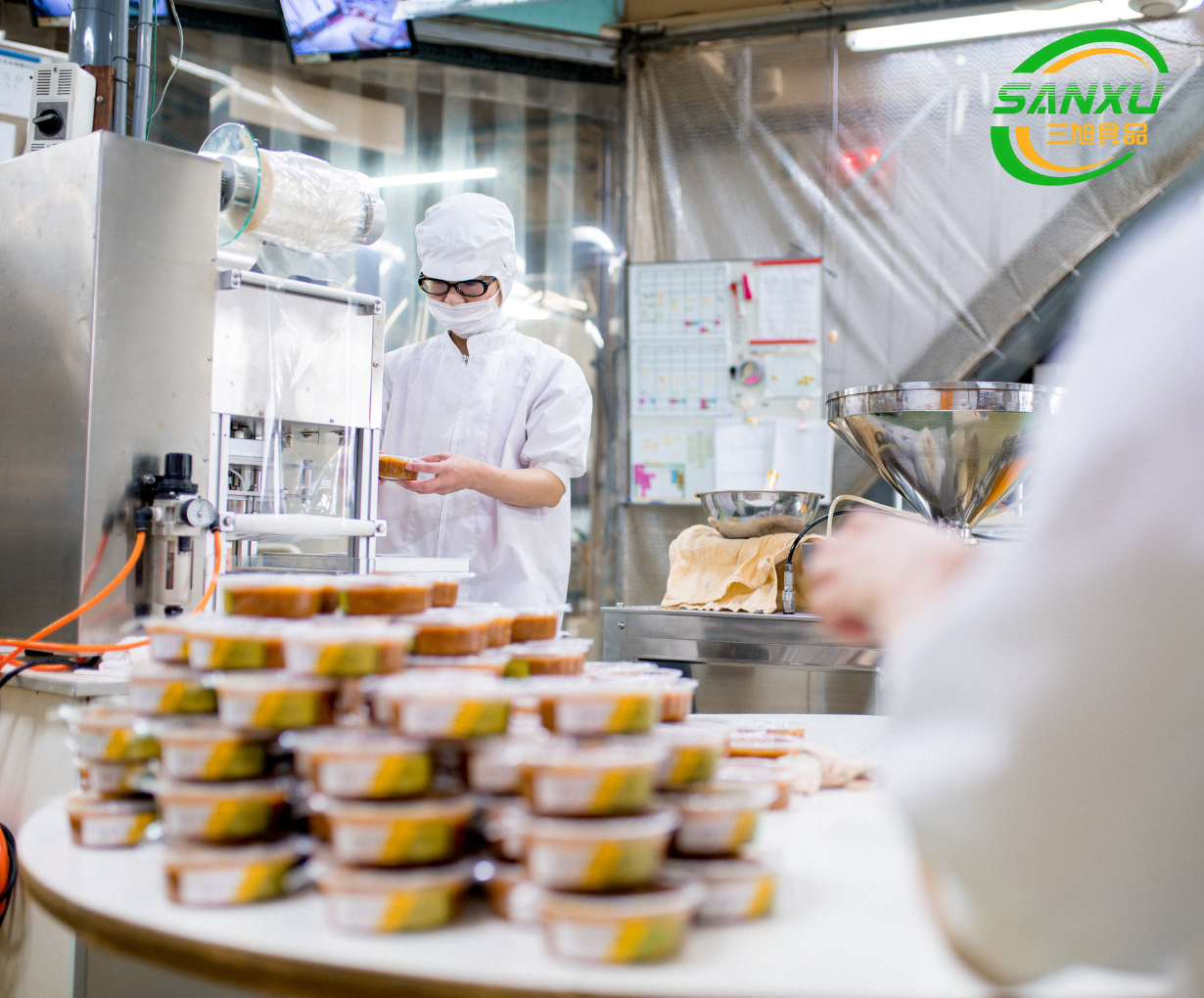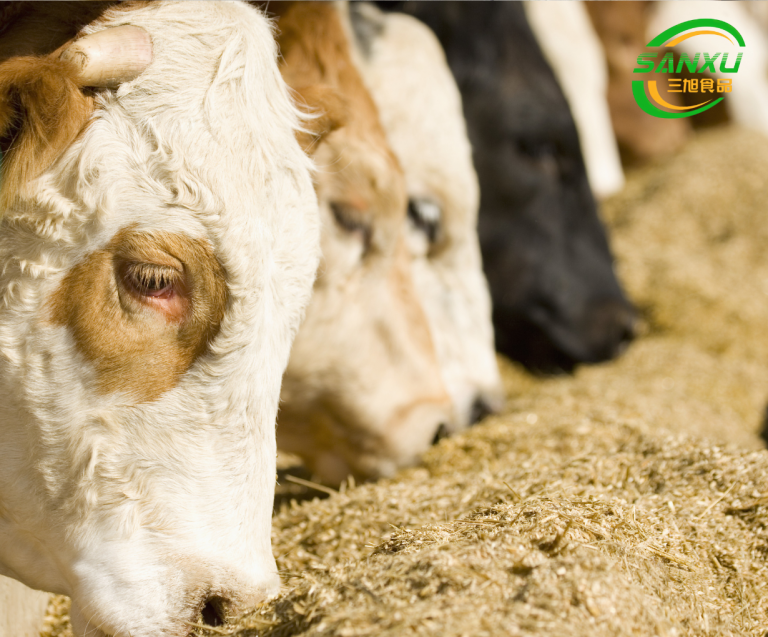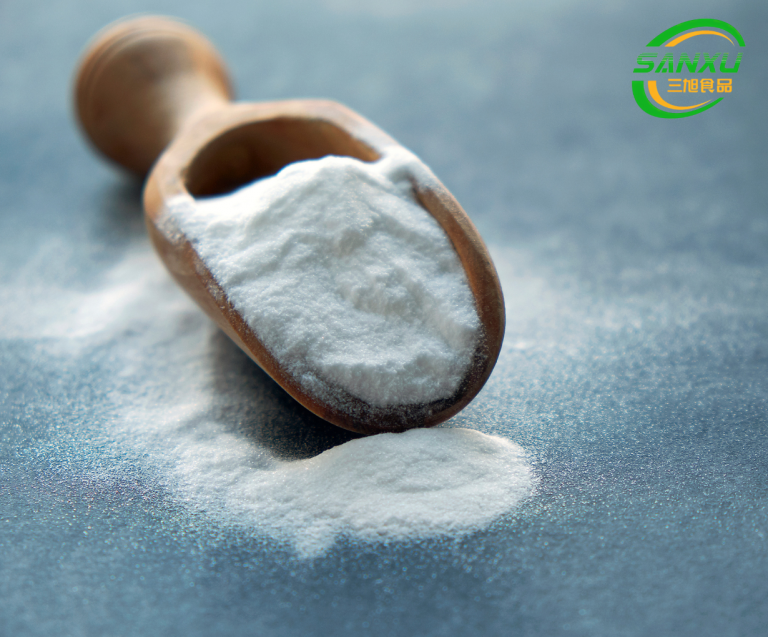Whatsapp:+8613375668511 Email: [email protected]
What is Sodium Propionate?
Sodium propionate is a food additive used primarily as a preservative. It is the sodium salt of propionic acid and has the chemical formula CH3CH2COONa.

Here are some key points about sodium propionate:
- Preservative Function: It inhibits the growth of mold, yeast, and some bacteria, which helps to extend the shelf life of various food products.
- Food Applications: It is commonly used in bread, baked goods, processed meats, cheese, and other dairy products to prevent spoilage.
- Regulatory Status: Sodium propionate is recognized as safe for use in food by regulatory agencies such as the U.S. Food and Drug Administration (FDA) and is approved for use in many countries around the world.
- Mechanism of Action: It works by creating an acidic environment that is unfavorable for the growth of many types of microorganisms.
- Dosage: The amount used is typically a small percentage of the total weight of the food product. It is used in concentrations that are effective against spoilage organisms without affecting the taste or quality of the food.
- Health Considerations: It is considered safe for consumption within the limits established by regulatory bodies. However, individuals with allergies or sensitivities to propionates may experience adverse reactions.
- Storage Stability: Sodium propionate is stable and can be stored for long periods without significant loss of effectiveness, provided it is kept in a cool, dry place.
- Environmental Impact: Like all food additives, its production and use should be managed responsibly to minimize environmental impact.
- Animal Feed: It is also used in animal feed as a preservative and to control the growth of harmful microorganisms.
- Other Uses: Besides its preservative role, sodium propionate can also be used in some industrial applications, such as in the production of certain types of plastics.
Sodium propionate is an important component in the food industry due to its ability to maintain food safety and quality. However, its use must be in accordance with the regulations and guidelines set by food safety authorities to ensure the safety and well-being of consumers.




